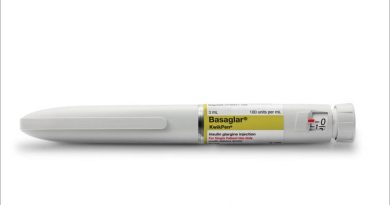New research identifies risk factors for suicide attempt among soldiers

New research in the American Journal of Psychiatry identifies factors that may help assess suicide risk in soldiers. According to the study, Predictors of Suicide Attempt Within 30 Days After First Medically Documented Suicidal Ideation in U.S. Army Soldiers, suicide risk was highest within 30 days after ideation diagnosis and was more likely among women and combat medics.
“This Suicide Prevention Month, it’s important to remember that research can help us better understand risk factors and which populations are more vulnerable,” said APA President Vivian Pender, M.D. “It is also a reminder that we can all play a role in preventing suicide by learning to recognize signs of distress and reaching out to connect anyone at risk with help.”
The authors examined risk factors for suicide attempt within the first month after a diagnosis of suicidal ideation, looking at sociodemographic and service-related characteristics, psychiatric diagnoses, physical health care visits, injuries, and others. Using data from the Army Study to Assess Risk and Resilience in Servicemembers, the researchers reviewed records from more than 11,000 active duty enlisted soldiers with documented suicidal ideation and no prior documented suicide attempts.
About half (52.7%) of the solders identified with suicide ideation were in their first two years of service and 57.7% had never deployed. About 80% had had at least one outpatient visit in the previous two months. The most common psychiatric diagnoses were depression and related disorders, tobacco use disorder, anxiety disorder and adjustment disorder.
In the study, 7.4% soldiers with suicidal ideation subsequently attempted suicide. Almost half of the attempts, 3.5%, occurred within 30 days after suicidal ideation. The risk for suicide attempt was highest on the first day after suicidal ideation diagnosis and decreased over time.
The study found that females, combat medics, individuals with an anxiety disorder diagnosis prior to suicidal ideation, and those diagnosed with a sleep disorder on the same day as the suicidal ideation were more likely to attempt suicide within 30 days.
“Identifying suicide risk in the population, in patients in primary care, and in patients in psychiatric care who frequently have suicide ideation, are all challenging and different questions,” said Robert J. Ursano, M.D., one of the study authors and Director, Center for the Study of Traumatic Stress, Uniformed Services University. “This paper importantly speaks to psychiatrists and other mental health care providers who have to make difficult treatment and management decisions for those specifically struggling with suicide ideation.”
Source: Read Full Article



